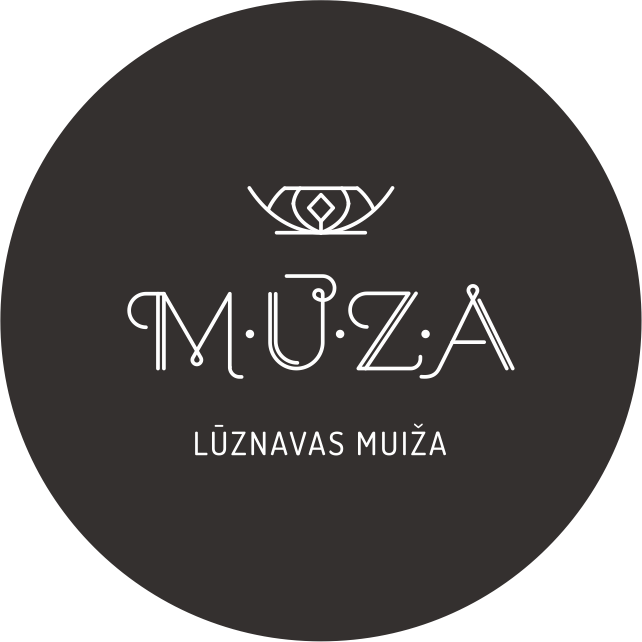SELFHEAL
Latvian: brūngalvīte parastā
German: Gemeine Braunelle
Swedish brunört
Estonian: harilik käbihein
Lithuanian: paprastoji juodgalvė
Russian: черноголовка обыкновенная
Browncap is a perennial plant, 10-40cm tall, with a creeping root. Please, do not
confuse this plant with the large-flowered browncap, which is a protected plant in
Latvia. The stem of the plant is four-sided, erect, often reddish in color, leafless in
the lower part, curved in the middle, pale hairy in the upper part. Leaves without
leaflets, opposite, grow on petioles - elongated oval or lanceolate. Upper leaves
sessile, toothed. The flowers are small, bisexual, zygomorphic, violet-blue or blue,
collected in dense cone-shaped inflorescences. As the fruit matures, it will divide into
four parts - seeds. Seeds without endosperm. Blooms from June to September.
The above-ground part of the plant (stems, leaves and inflorescences with all
flowers) is used for medicinal purposes. The plant is collected according to the time
of flowering, starting from June to September.. You can also collect the seeds in
autumn when they are ripe. Dry the plant in bundles, on sieves or in dryers at a
temperature not exceeding 40C. The drug is stored for 1 year in paper bags.[6]
MEDICAL SIGNIFICANCE
Sesquiterpenes, diterpenes (phytol), iridoids, steroids (sitosterol), phenolcarboxylic
acids and their derivatives (caffeic acid, chlorogenic acid, neochlorogenic acid,
rosmarinic acid) were found in the surface part of the plant. The seeds of the plant
contain 3-16% vegetable fat.
Although the plant is not used in official medicine, due to the chemical substances in
its content, it has medicinal properties.
Thanks to the tannins present in the plant, it has an astringent and wound-healing
effect and has antiseptic properties. Thanks to the vitamin C present in the surface
part of the plant, the plant acts as an antioxidant and has a temperature reducing
effect. Bitter substances have a beneficial effect on the intestinal tract, also
improving appetite. The common browncap has a diuretic and diaphoretic effect, has
a beneficial effect on the metabolism and promotes the release of sputum from the
upper respiratory tract.
In folk medicine, the spectrum of application of this plant is huge. The plant is used
as a biological stimulator that activates the body`s antimicrobial response, as a
blood-stopping agent in the case of nosebleeds, for the treatment of thrush in
women, in the case of eye diseases (conjunctivitis) and in the case of upper
respiratory tract diseases (angina, bronchitis, laryngitis, diphtheria). The plant is also
useful for treating colds, kidney diseases, even various malignant neoplasms and is
also used as an appetite stimulant. It is also used for hypertension, various edemas,
diarrhea, rheumatic polyarthritis, stomatitis and as an antihelminthic remedy.
The extract of common sedge is successfully used to prevent inflammation of the
gums and to treat the herpes virus. Gargle with a decoction of the brown head to
cure angina. Folk medicine specialists see a great potential in the plant in the
treatment of HIV, as well as to treat diabetes and lung cancer, but science does not
support this.A decoction and infusion of plant leaves is used in folk medicine for epilepsy. By the
way, plant extracts are used as a hypotensive and diuretic agent to treat hypertonic
disease, it also treats tuberculosis of the skin and female genital organs,
hyperthyroidism, exudative diathesis and rheumatic polyarthritis. The fruits of the
common gorse are used in hypertensive disease and nephritis. Young shoots and
leaves of the plant are used fresh as a first aid in case of fresh wounds (similarly to
how we used the leaves of the road in childhood).
You can also wash your head with a decoction of common lice to prevent dandruff. It
is also used in baths and as an application in case of various dermomycoses and
furuncles. This is also one of the few herbs that can be used to wash bedsores and
wounds. Folk healers also widely use this plant to make various ointments, as a
treatment element for skin diseases.
NOT RECOMMENDED FOR USE
The common gorse is a poisonous plant. Therefore, care should be taken when
using this herb orally. Overdose of herbal preparations may cause side effects
(poisoning with accompanying nausea and vomiting, dizziness, headache, cutting
pain in the abdomen and frequent urination). The plant is not recommended for
pregnant women, nursing mothers and children under 12 years of age.
Augu katalogs ir tapis ar Eiropas Savienības finansiālu atbalstu Pārrobežu sadarbības programmas 2014.–2020. gadam projekta LVIII-062 “Versts of Feelings 2” ietvaros


